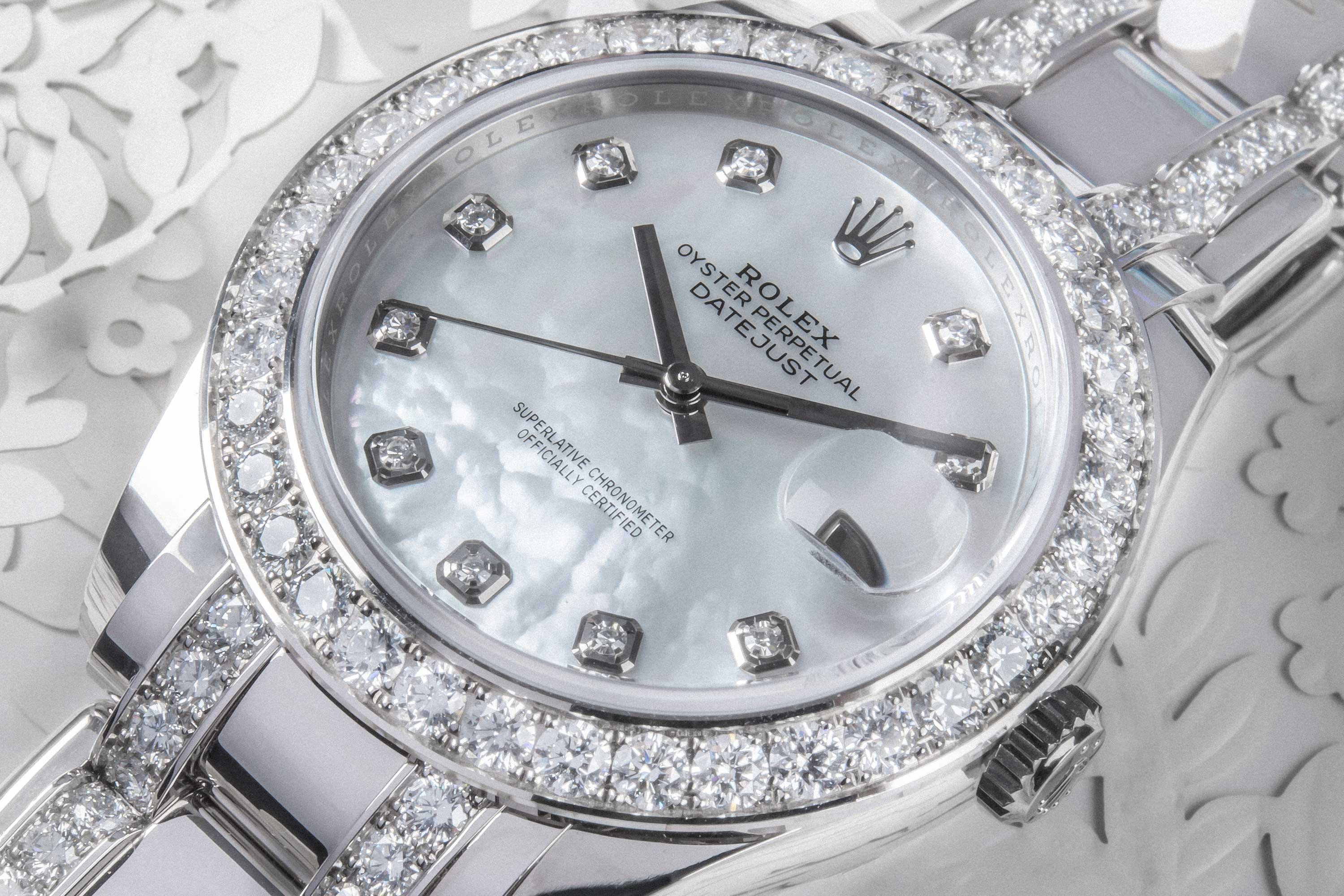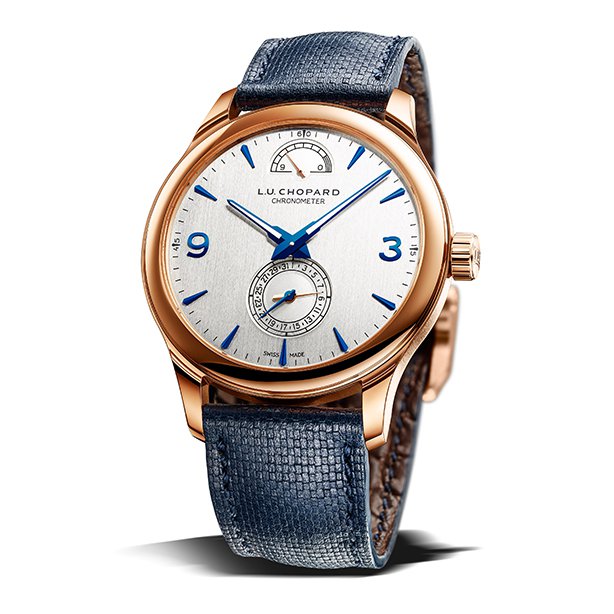Mechanical watches are at their most spellbinding when they’re ticking. Keep yours in perpetual motion with a luxury watch winder – and reap a number of other benefits, too.
Much has been said, written and recorded detailing the many pleasures of luxury watch ownership, particularly when the watch is powered by that miracle of micro-engineering, the mechanical movement.
But much less has been aired about the cost of ownership, specifically the short spell of time that constitutes a mechanical watch’s ‘power reserve’ (more of that in a moment) and the routine, not to mention expensive, nature of maintenance.
One solution to help offset these is a watch winder, a device that keeps a watch charged, ready to wear, and in sound working order.
But before we delve further into the merits of a watch winder, it might be useful to outline exactly what we mean by power reserve and maintenance.
First, power reserve. A mechanical watch has no battery, at least not in the electronic sense as we understand it. Instead, it is kept in perpetual motion by power stored in a ‘mainspring’, a tightly wound metal coil that sits inside a ‘barrel’, a cylindrical case with a toothed outer edge that transfers power into a mechanical watch’s gear train, and ultimately to its hands.
There are two means of getting power into the mainspring. One is to wind the crown; the other via a system identified as ‘automatic’, whereby the movement of your arm causes a rotor linked to the mainspring to spin, winding the watch without any further action on your part.
But in most mechanical watches, that power, no matter how it’s generated, lasts little more than 40 hours, less than two days. Put a watch down over a weekend, and in all likelihood it’ll have stopped come Sunday morning. Not many welcome the job of resetting and winding a watch as part of a hurried start to the week.
Next, maintenance. A mechanical watch relies on watchmaker’s lubricant, a fine, hardwearing oil applied to the moving parts of a watch. Like any oil, if it stagnates, it can thicken and clog, which can affect your watch’s accuracy, and sometimes have disastrous effects on its mechanical workings. Replacing these lubricants is a highly skilled business, and can come with a price tag to match, the more so as you add in functions and the movement becomes more complicated. Repairing or replacing damaged parts is pricier still.
Which brings us back to watch winders. These devices are the perfect antidote to mechanical watch stasis, keeping a watch running so that it’s showing the correct time and date whenever you decide to return it to your wrist, and so those lubricants are kept fluid and fully functioning.
Today, there are myriad watch-winder options, examples that both do the job they’re designed for faultlessly and also provide a beautiful backdrop for the product they service. Some are minimal objects that conform to the rules of form follows function, others are highly conceptual. Solutions to suit every style and taste. They also offer a safe haven for a watch, a place to keep it from harm.
Here, Ahmed Seddiqi & Sons presents a pair of the best mono-watch winders to get you – and your automatic mechanical watch – going.
Note that unless otherwise stated, watch winders only work with automatic mechanical watches.



